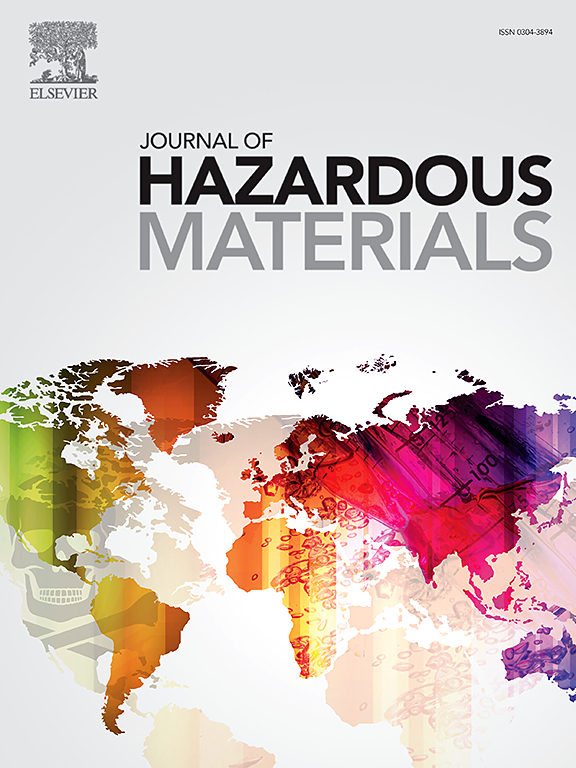Estimating the emission of microplastics from urban surfaces into the atmosphere using the PI-SWERL
IF 12.2
1区 环境科学与生态学
Q1 ENGINEERING, ENVIRONMENTAL
引用次数: 0
Abstract
Microplastics (MPs) are a global concern, with the atmosphere being a key pathway for their transport. Understanding their sources is crucial for controlling MP dispersion. This study examines MPs on urban surfaces and their transport through wind erosion using a Portable In Situ Wind Erosion Laboratory (PI-SWERL) under two wind shear conditions. Material was collected in Coimbra, Portugal, from fourteen locations associated with different land uses. MPs number and types were determined with a stereomicroscope and micro Fourier Transform Infrared Spectroscope (μ-FTIR), respectively. MP concentrations in soils ranged from 16 ± 4 particles•g-1 to 327 ± 494 particles•g-1. Emission fluxes ranged from 5 ± 1 particles•m-2•s-1 to 28 ± 4 particles•m-2•s-1, higher than previous reports. At 4000 revolutions per minute (RPM), enrichment ratio was 3 ± 17 MPs, and at 6000 RPM, 2 ± 6 MPs. A light wind can erode a significant amount of MPs. Light density MPs smaller than 200 μm eroded more easily. Emissions were highest on asphalt (22 ± 9.5 particles•m-2•s-1) and lowest on grass (8 ± 8.25 particles•m-2•s-1). Grass may help control MP dispersion. These findings can inform MP transport models and policies to mitigate contamination.

求助全文
约1分钟内获得全文
求助全文
来源期刊

Journal of Hazardous Materials
工程技术-工程:环境
CiteScore
25.40
自引率
5.90%
发文量
3059
审稿时长
58 days
期刊介绍:
The Journal of Hazardous Materials serves as a global platform for promoting cutting-edge research in the field of Environmental Science and Engineering. Our publication features a wide range of articles, including full-length research papers, review articles, and perspectives, with the aim of enhancing our understanding of the dangers and risks associated with various materials concerning public health and the environment. It is important to note that the term "environmental contaminants" refers specifically to substances that pose hazardous effects through contamination, while excluding those that do not have such impacts on the environment or human health. Moreover, we emphasize the distinction between wastes and hazardous materials in order to provide further clarity on the scope of the journal. We have a keen interest in exploring specific compounds and microbial agents that have adverse effects on the environment.
 求助内容:
求助内容: 应助结果提醒方式:
应助结果提醒方式:


